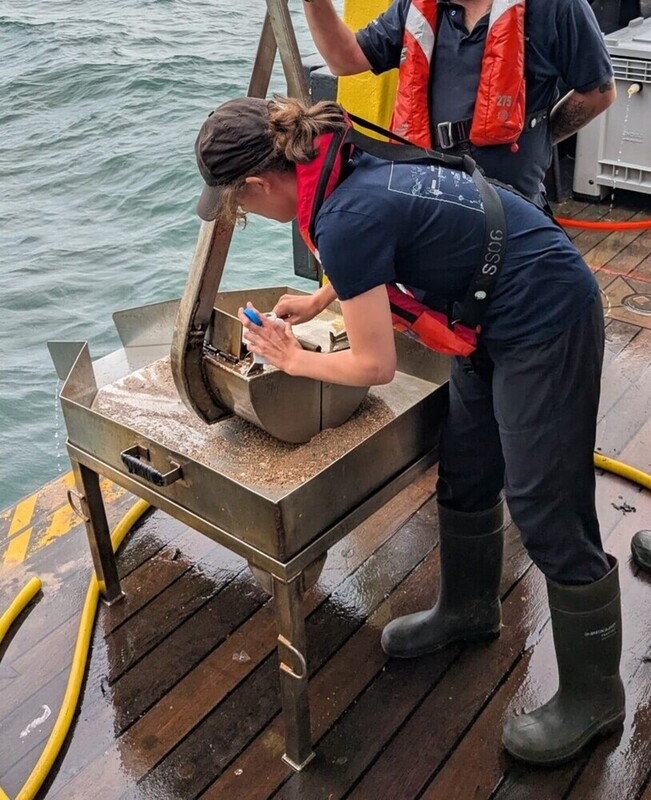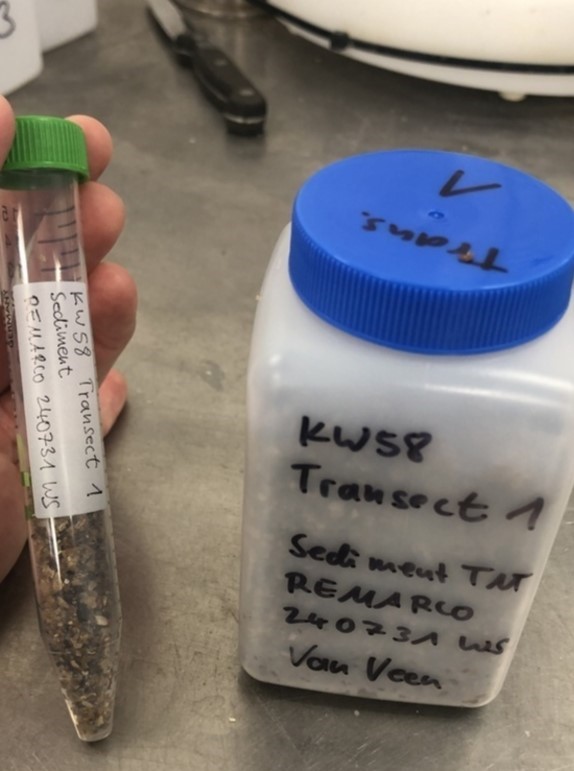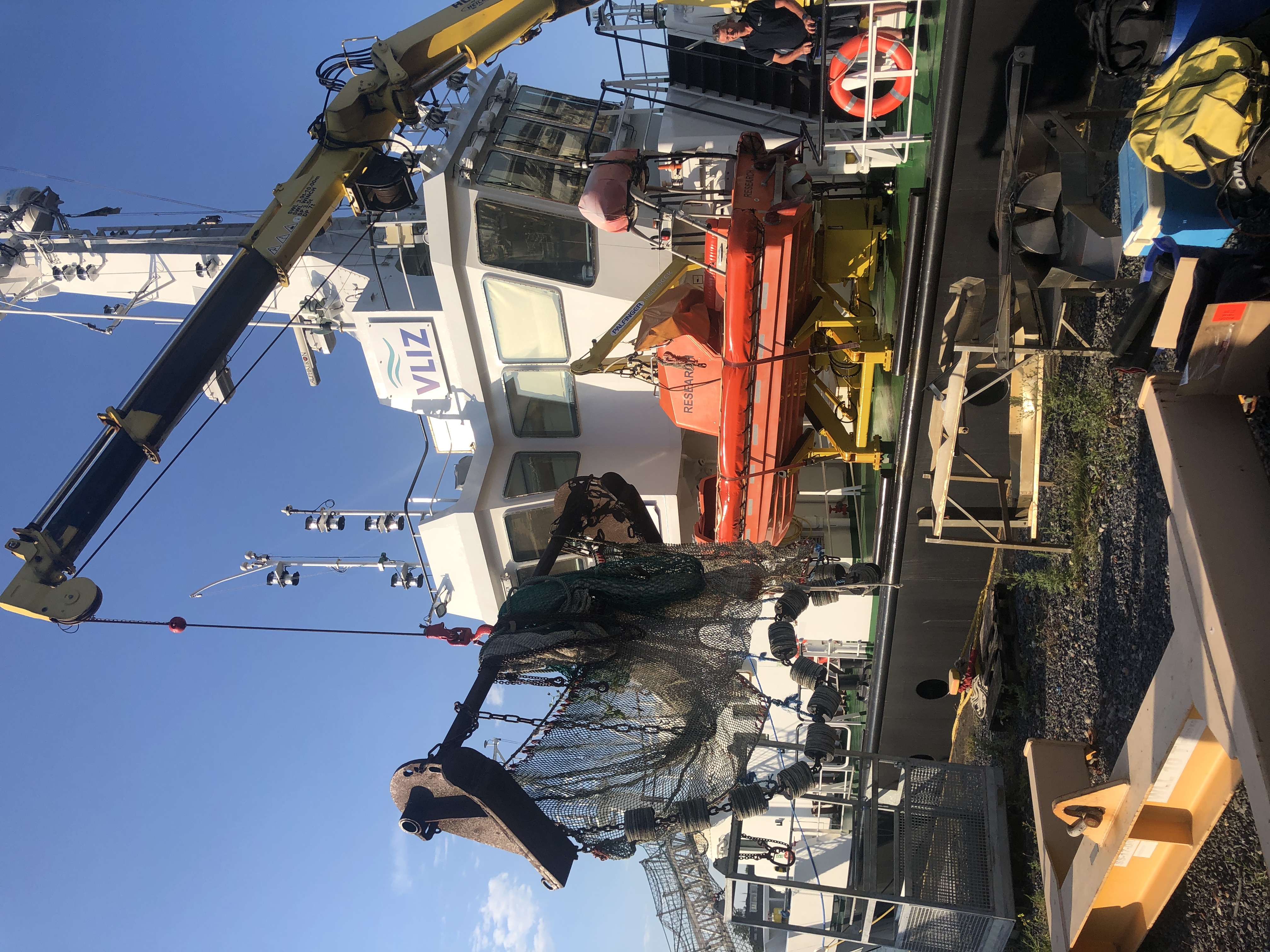What influence have a shipwreck from World War II and its munitions on the marine environment? Are fish and crabs living next to a wreck site affected by TNT pollution?
This summer, researchers from the Flanders Marine Institute (VLIZ) went on a sampling campaign to collect different species of fish, crabs and other marine organisms as well as sediments from a wreck in front of the Belgian coast. Currently, members of the Institute for Natural Sciences (RBINS) are analysing the TNT concentration in these samples, which were mostly collected on top of the wreck by divers. By investigating the contamination of species that are living most of their life close to or even on the wreck, such as sea stars, the common dab or European lobster, the researchers hope to detect potential uptake or accumulation of TNT in the organisms. Additionally, analyses of sediments taken at different distances from the wreck will reveal the extent of TNT spreading from the wreck in the surrounding environment.

Sediment samples taken with a Van Veen grab © Wyona Schütte, VLIZ 2024. All rights reserved.

Collected sediment samples © Wyona Schütte, VLIZ 2024. All rights reserved.

Research vessel Simon Stevin © Wyona Schütte, VLIZ 2024. All rights reserved.

Divers ready to splash © Wyona Schütte, VLIZ 2024. All rights reserved.
Cover: © Klara Liebrecht, AWI 2024. All rights reserved.
